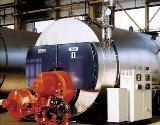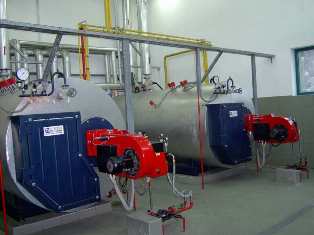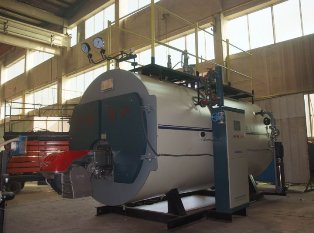Industrial steam generators
 Industrial steam generators are quite complex devices consisting of various types of electronic and mechanical elements. Such generators are quite powerful heat exchangers, the main task of which is to generate water vapor with a pressure that is much higher than atmospheric pressure.
Industrial steam generators are quite complex devices consisting of various types of electronic and mechanical elements. Such generators are quite powerful heat exchangers, the main task of which is to generate water vapor with a pressure that is much higher than atmospheric pressure.
Directly, the hot steam itself is formed due to a sufficiently large amount of heat received during the fuel combustion procedure. Of all steam generators, the most convenient and compact are industrial steam generators with special electric heaters. It is with the help of such electric heaters that the device during operation requires a minimum volume of water, with the help of which certain heating time is saved.
Industrial steam generators with electric heaters are able to convert electrical energy into steam in a relatively short period of time. The most common way to obtain the necessary thermal energy is the process of heating water with a special tubular electric heaters… Such heaters are very convenient, durable and reliable enough.

Industrial electric steam generators can also include steam generators, which in turn electrode type… They are capable of producing a certain amount of steam using the so-called electrical conductivity of water.
The principle of operation of electrode steam generators is quite simple: a voltage is applied to the electrodes in the water, after which the current passing through the water releases heat, which can later turn the liquid into steam.

Another way to heat water using electrode steam generators is an action comparable to the principle of operation of a microwave oven. A certain amount of steam using this method can be generated due to a special high-frequency radiation, also called powerful induction heating.
Speaking about the use of both industrial electric steam generators and electrode steam generators, it should be noted that both are used in various industries: tobacco and food industry, light and woodworking, as well as in many other manufacturing industries.
